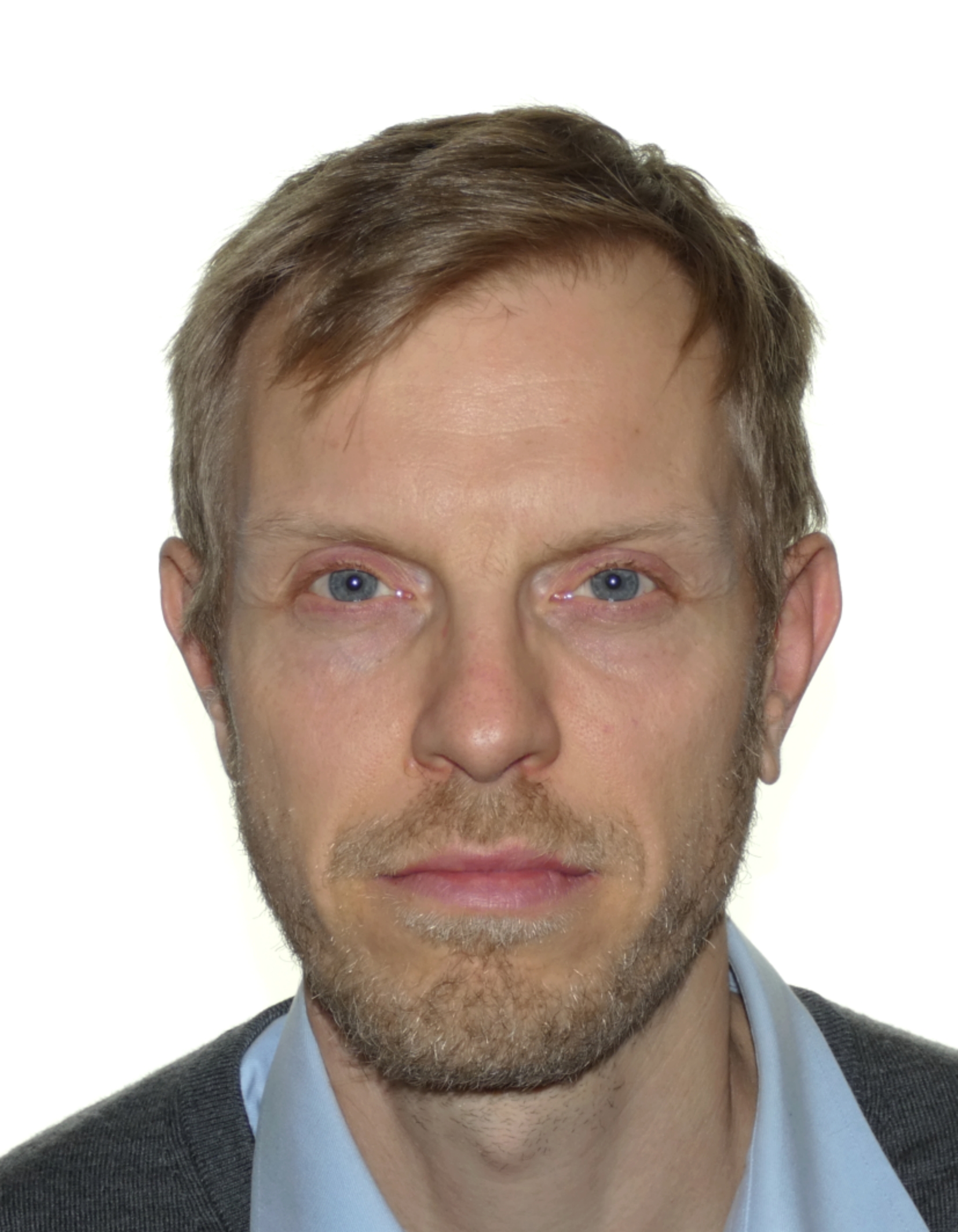Rethinking the Data-Driven Discovery of Rare Phenomena (DARE)
Published:
Due to its interest in rare phenomena, scientific discovery typically resembles the proverbial hunt for the needle in a haystack. Materials science seeks stable materials that have desired properties within huge combinatorial spaces. Neuroscience looks for accurate and specific explanations of critical neuro-electric phenomena like seizures or alpha-rhythms in infinite parameter spaces of dynamical brain models. Through this project, we enable the data-driven discovery of such important rare phenomena from high-dimensional observational data collections.
Funding
Agency: Australian Research Council
Grant: DP210100045
Period: 2021–2025
Investigators
Chief Investigators
- A/Prof. Mario Boley (Principal Chief Investigator), University of Haifa and Monash University
- A/Prof. Levin Kuhlmann, Monash University
- A/Prof. Daniel Schmidt, Monash University
Post-docs and PhD Students
- Dr. Phuc (Felix) Luong, Monash University
- Simon Teshuva, Monash University
- Ziyi (Neil) Liu, Monash University
Partner Investigators and Key Collaborators
- Dr. Lewis Blackman, CSIRO Biomedical Manufacturing
- Prof. Wray Buntine, Vin University
- Prof. Matthias Scheffler, Novel-Materials Discovery Laboratory at the FHI Molecular Physics Department of the Max Planck Society
- Prof. Omar Yaghi, University of California, Berkeley
